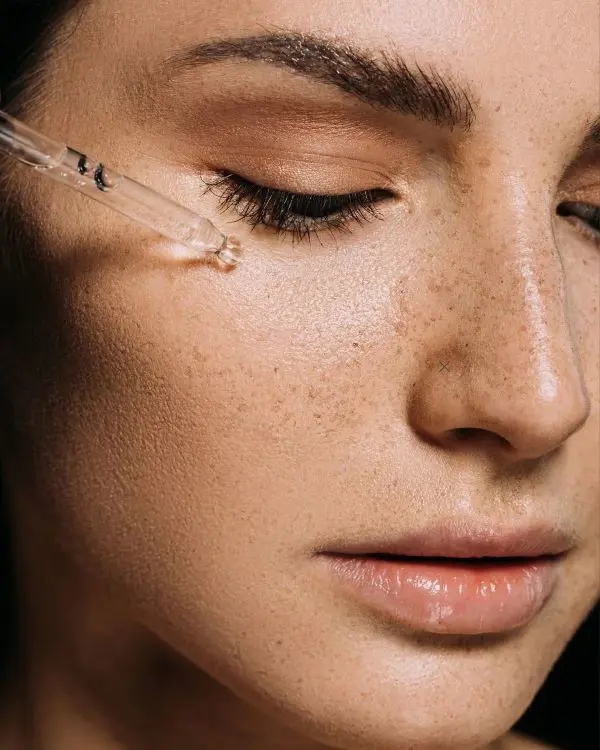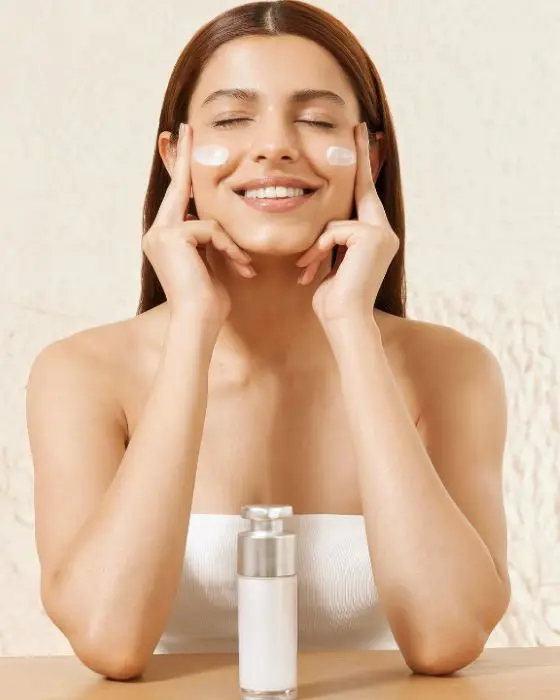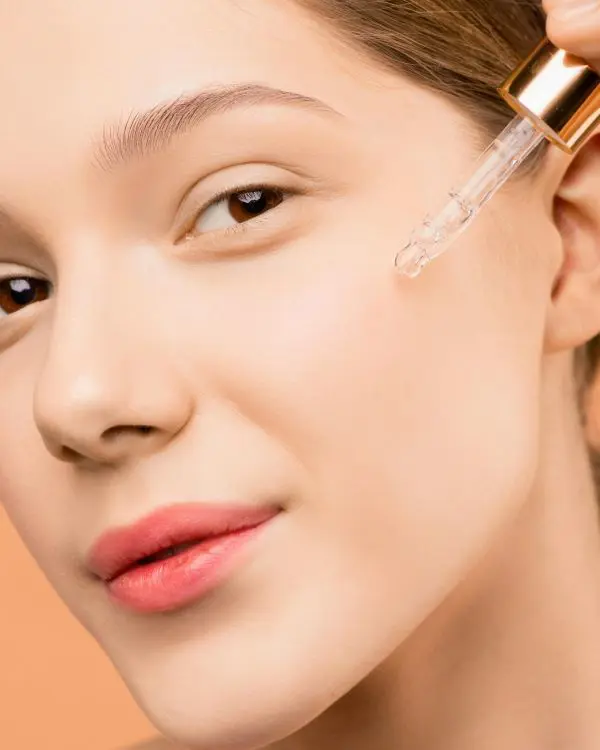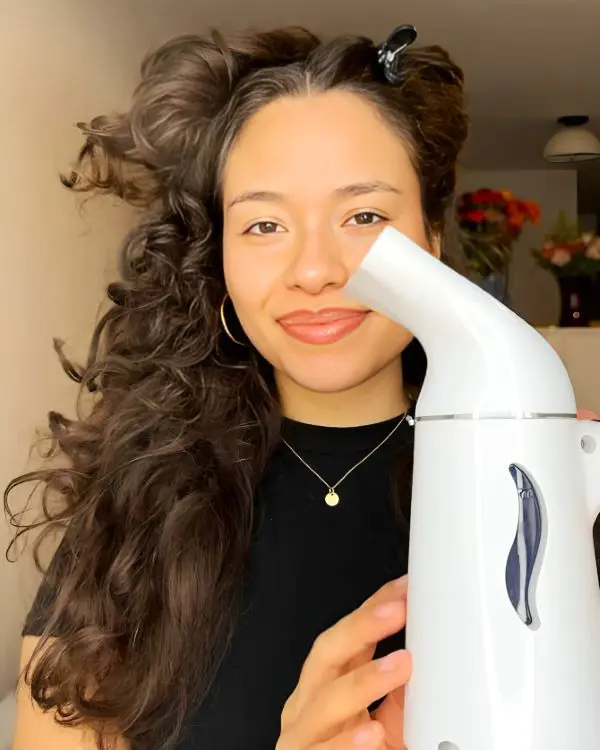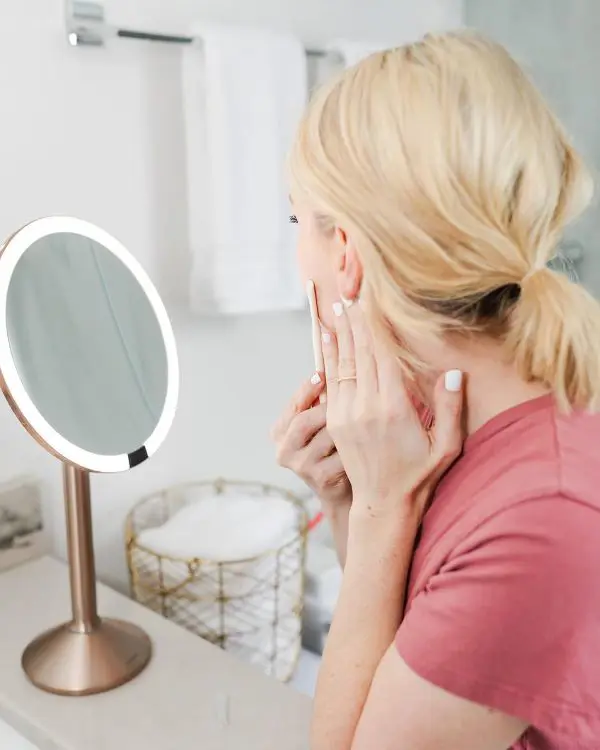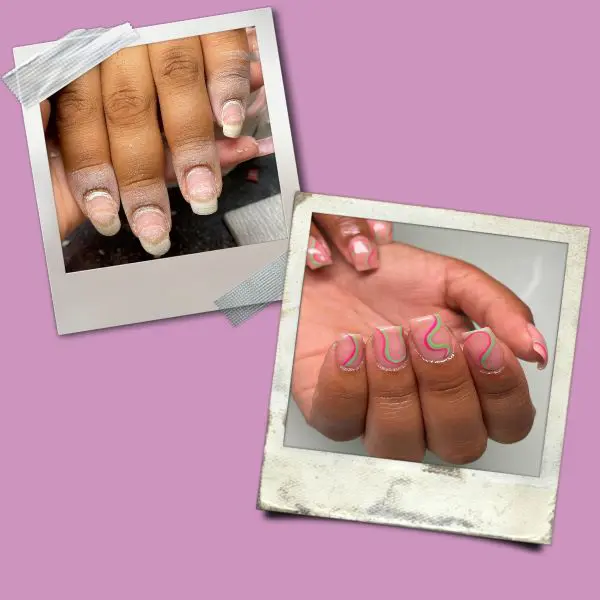From hyaluronic acid to salicylic acid, keeping track of skincare acids and their specific benefits can get overwhelming. Azelaic acid, in particular, isn’t as widely discussed, making it easy to overlook.
Whether you’ve been using it for a while or just discovered it, this powerhouse ingredient helps calm rosacea, clear breakouts, and refine skin tone.
Not sure how to fit azelaic acid into your routine? Wondering if it’s safe for daily use? No worries—this guide breaks down its benefits, how it works, and the best way to introduce it into your regimen.
What is Azelaic Acid?
Azelaic acid is a naturally occurring acid basically found in grains like wheat and barley. But the compound that is used in skincare products is cooked up in labs. It belongs to a family of acids which is known as Di-carboxylic acids and is not an AHA or BHA.
Though Azelaic acid takes time to show effects it is as effective as benzoyl peroxide or tretinoin for treating acne. Most importantly, the fact that this compound acts more gently than any other AHA or BHA makes it a great choice to use.
Similarly, it is a medically recognized treatment with profound benefits for skin health, particularly in addressing complex conditions such as acne, rosacea, and hyperpigmentation.
In fact, azelaic acid is so effective that dermatologists often prescribe it in higher percentages to treat acne and rosacea.
Azelaic Acid Benefits
1. Melasma Gets a Relief
Struggling with stubborn patches? This powerhouse ingredient helps fade discoloration by slowing down excess pigment production. Over time, it evens out tone, making dark spots less noticeable.
2. It is Anti-inflammatory
Red, irritated skin can be a nightmare. This acid works to calm flare-ups, easing swelling and discomfort linked to acne and rosacea. Regular use keeps your complexion balanced and less reactive.
3. It's Antimicrobial
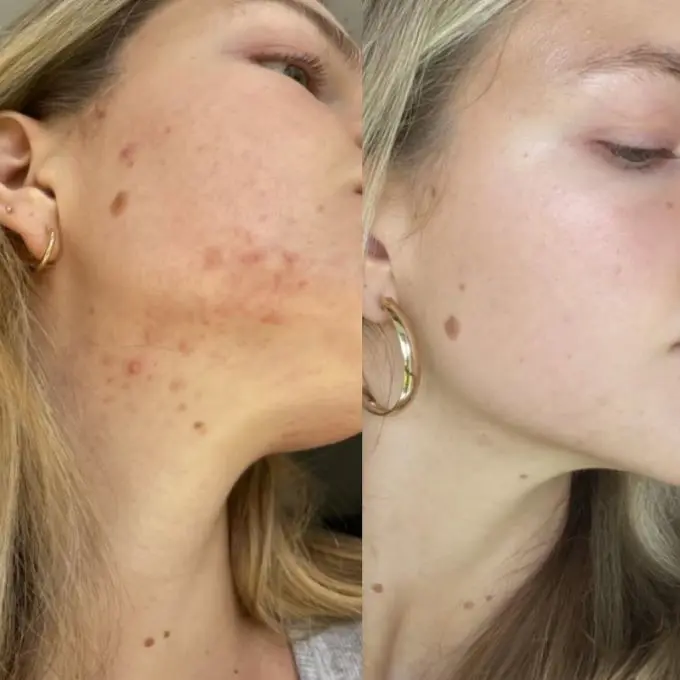
Breakouts often stem from bacteria trapped in pores. Azelaic acid disrupts their growth, reducing blemishes while keeping new ones at bay. It’s a gentle yet effective way to maintain clarity.
4. Great for Hyperpigmentation
It is a compound that inhibits tyrosinase, an enzyme involved in melanin production, effectively reducing hyperpigmentation and promoting an even skin tone.
5. Combats Redness and Dark Spots
Uneven tone and lingering marks? This compound slows melanin overproduction, gradually softening dark spots. The result—smoother, more luminous skin with a uniform glow.
6. Antioxidant
Beyond treating specific concerns, azelaic acid acts as a shield against pollutants. By neutralizing free radicals, it prevents premature aging and supports long-term resilience.
7. Helps with Rosacea
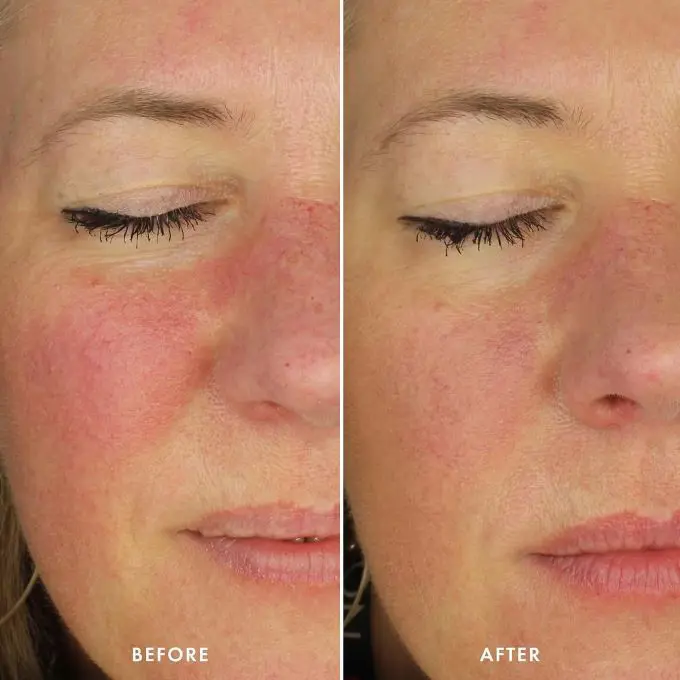
As flushing and sensitivity can be tough to manage. Thus comes this multitasker as our rescue. What it does is eases irritation while strengthening the skin barrier, reducing flare-ups and discomfort over time.
8. Keratolytic Effects (Clears Pores for a Smoother Surface)
Clogged follicles lead to dullness and breakouts and this exfoliating agent clears out debris. It refines texture and keeps congestion under control for a fresh, polished look.
When to Use Azelaic Acid in Routine?
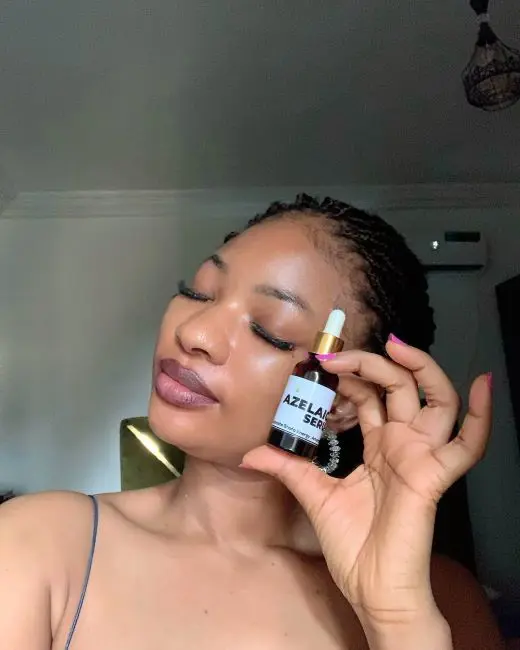
To use the acid for best results, try the 13 dot technique. Take the acid on your clean hands and start making dots with it on your t-zone and chin area.
Then, massage it in thoroughly to optimize penetration and build up the dose with time. Allow it to fully absorb and then follow up with your next steps.
You can then layer moisturizer and sunscreen to complete your morning routine. Do not forget to take extra care of sensitive areas like eyes, lips, and neck.
To do so, you have to
- Stop at the orbital bone.
- As the area around your lips can be drying, better skip those parts.
- Also, use it in smaller amounts in your necl and less often initially.
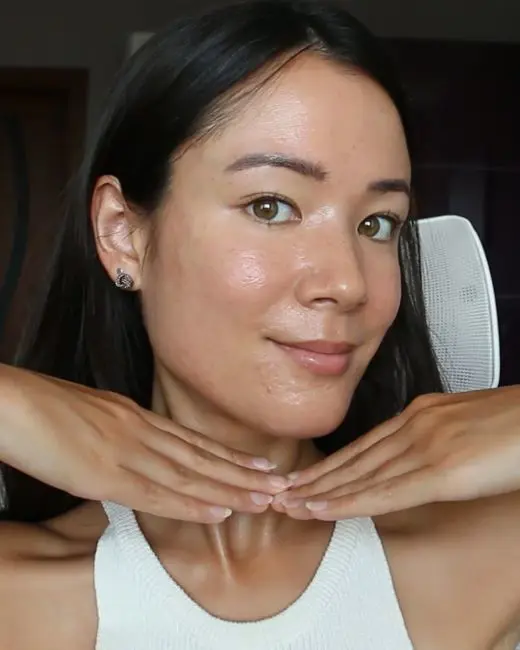
Here's how to use azelaic acid in a skincare routine-
• Start with a gentle, non-stripping cleanser to remove dirt and oil, ensuring better absorption.
• After drying your face, use a thin layer of azelaic acid on problem areas or all over if needed.
• Follow up with hydrating serums or moisturizers to prevent dryness. Avoid layering with strong acids like glycolic or salicylic at the same time.
• Since it targets pigmentation, always finish with SPF to protect results and prevent new dark spots.
• Apply once or twice daily, depending on tolerance, for the best results.
• Let your skin adjust, and over time, you'll see a clearer, more even complexion!
How Often to Use Azelaic Acid?
For most skin types, once or twice daily works well. If you're new to it, start with every other day to see how your skin reacts and then gradually increase to morning and night if tolerated.
• Sensitive skin? Stick to once a day or even every two days.
• For oily or acne prone skin, twice daily can help keep breakouts under control.
Since it’s gentle, it pairs well with most skincare products, but always apply sunscreen during the day to protect your skin!
How to Layer Azelaic Acid?
After cleansing and toning, smooth on a thin layer of azelaic acid. If you're using a serum or gel, apply it immediately after toner for better absorption.
If you have an azelaic acid cream, it can go either before or after a lightweight serum, depending on what works best for your skin. Drier skin types may benefit from layering a hydrating serum first, while oilier skin might prefer applying the cream directly.
Q&A
Who Can Use Azelaic Acid?
Well, everyone can use this compound to better their skin quality, but if you have some issues, there are some rules to follow. For people with sensitive skin or a condition like rosacea or POD, start using it on alternate days.
The exceptions are in teens with localized t-zone congestion and blemishes. And if you suffer from maskne (acne from the mask) then localized issues might mean you confine it to use in the U of the face.
However, you want to change the field change on the whole complexion improves, not just the problem areas.
Can You Use Azelaic Acid with Retinol?
Yes, but introduce them slowly to avoid irritation. Retinol speeds up cell turnover, while azelaic acid brightens and calms. Start by using azelaic acid in the morning and retinol at night.
If your skin tolerates both well, you can layer them at night—apply azelaic acid first, let it absorb, then follow with retinol and moisturizer.
Can You Use Azelaic Acid with Salicylic Acid?
It would be wise to avoid using these together because both acids exfoliate and fight acne, so using them together may cause dryness or sensitivity.
If your skin is resilient, you can use azelaic acid in the morning and salicylic acid at night. If layering, apply salicylic acid first, let it dry, then follow with azelaic acid.
Can I Use Azelaic Acid with Niacinamide?
Absolutely! These two work beautifully together. Niacinamide strengthens the skin barrier and calms redness, while azelaic acid fades pigmentation and fights breakouts.
Use them in the same routine—apply azelaic acid first, let it absorb, then layer niacinamide.
Can I Use Azelaic Acid with Vitamin C?
Yes, you can use these compounds together but spacing them out is best. They brighten skin and fight pigmentation, but they work differently.
While, Vitamin C in the morning boosts antioxidant protection, azelaic acid at night targets dark spots and texture. If layering, use Vitamin C first, let it absorb, then apply azelaic acid.
What Strength of Azelaic Acid Should I Use?
Most formnulas tend to contain somewhere around 5% up to 20% of the compound. If you're new to active ingredients, sart a low build your skin's tolerance.
Once your skin adjusts, you can increase the strength over time to increase the results. For people with sensitive skin, layer over posturizer instead of directly applying to just cleansed skin to reduce reactivity and build tolerance.
Things to Remember Before Using Azelaic Acid
- Start with a lower concentration one.
- It may be drying or cause peeling initially.
- Always patch test without missing.
- Wear sunscreen without fail.
- As it is very gentle, you have to be consistent to get your desired results.


